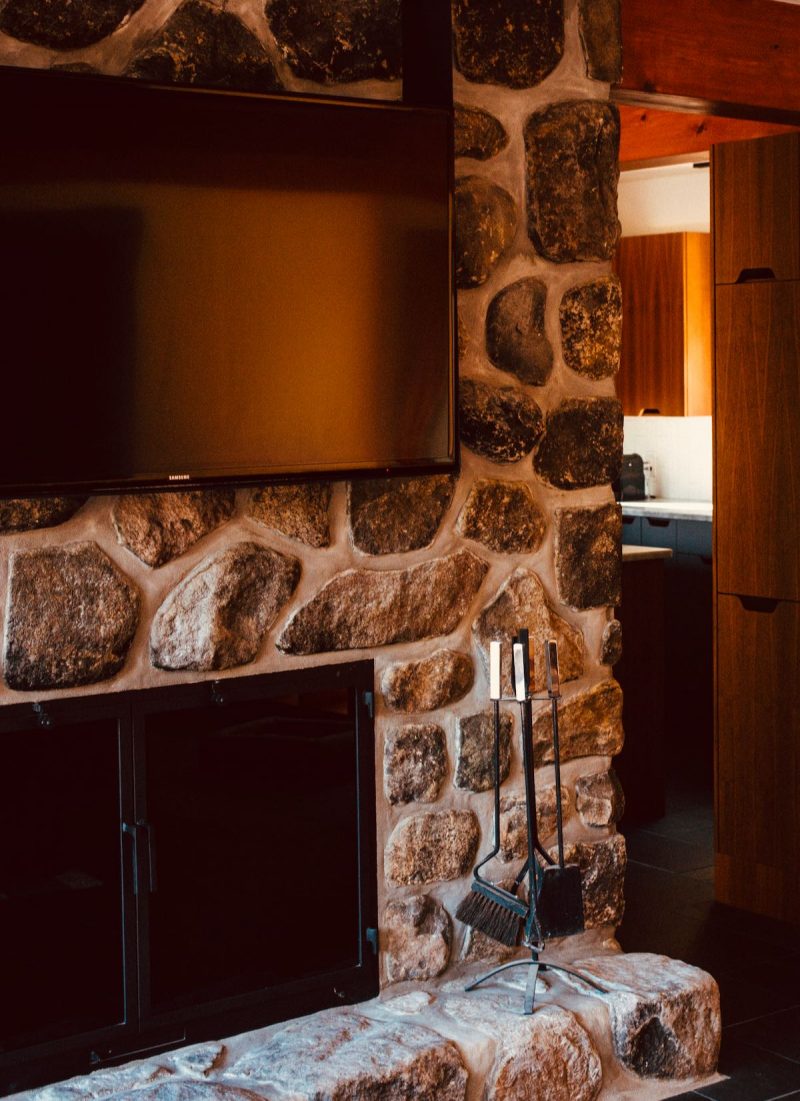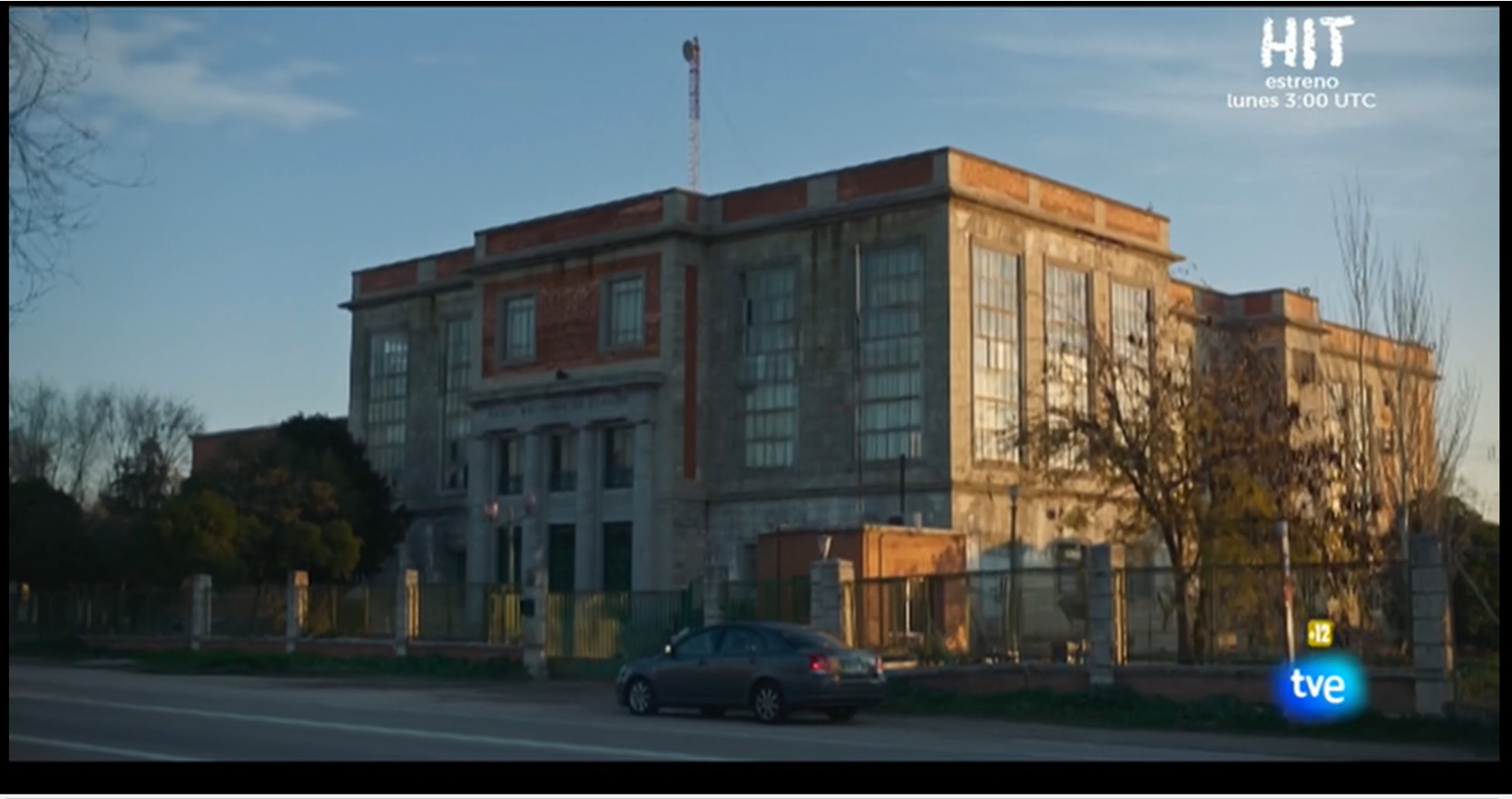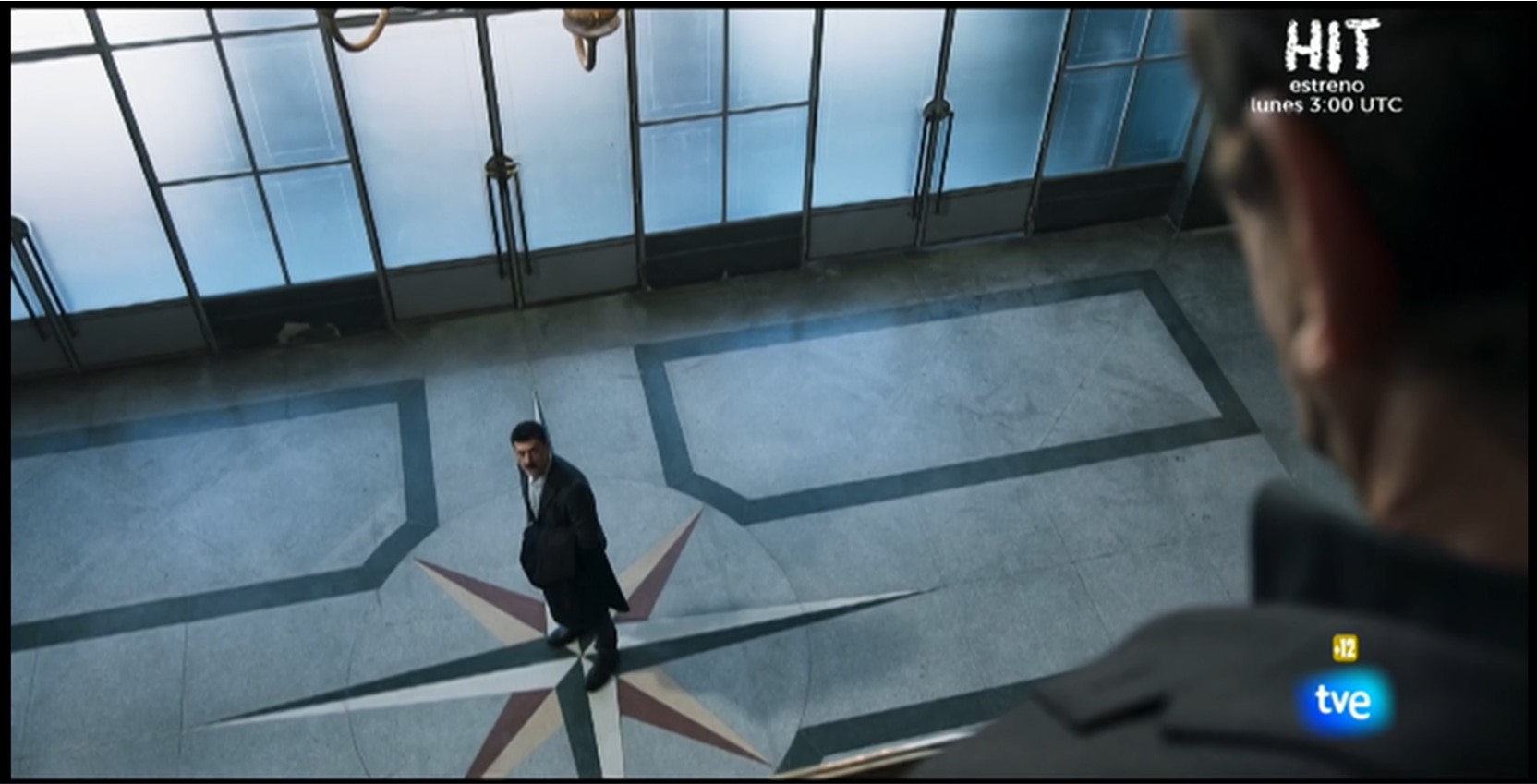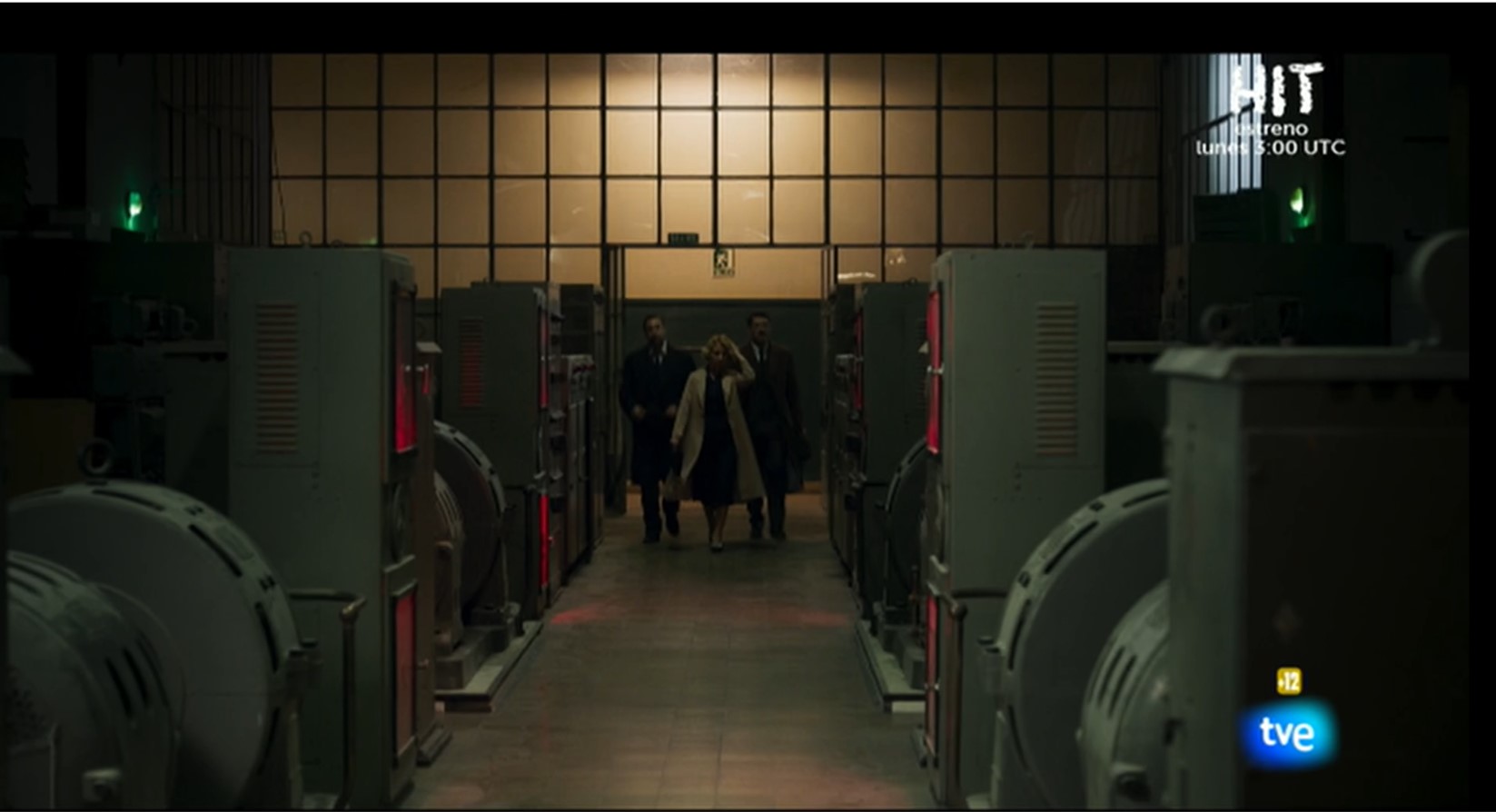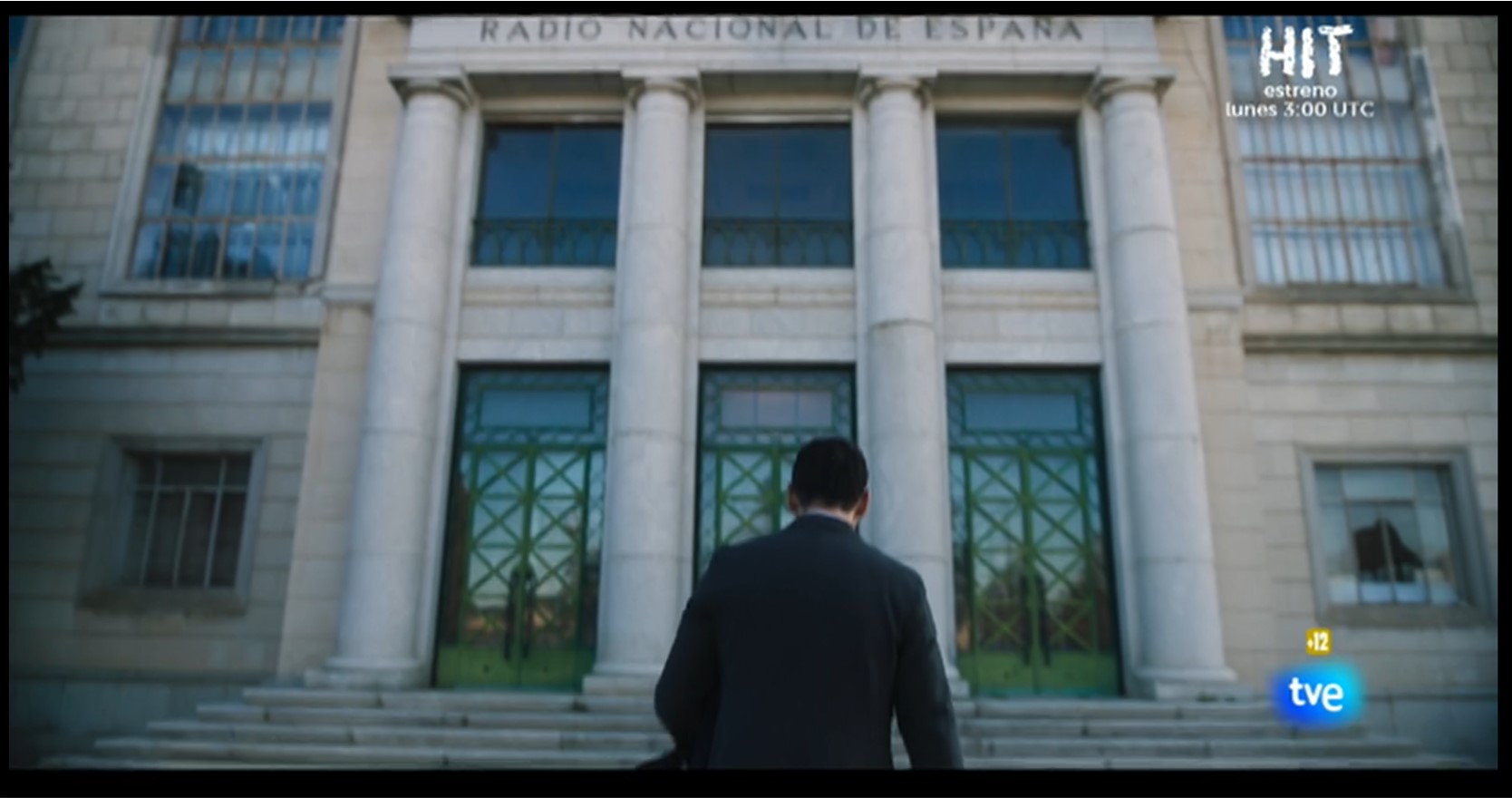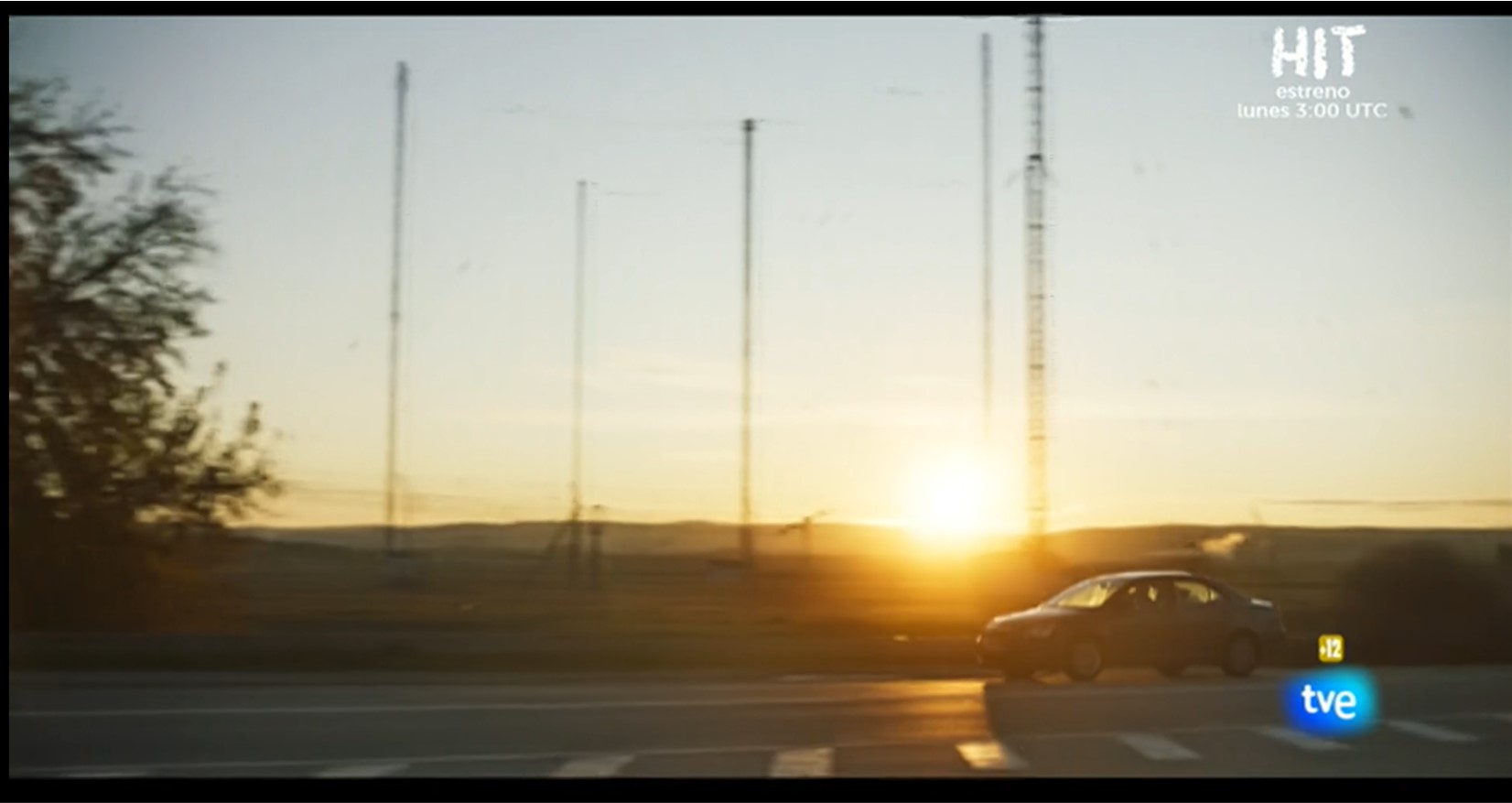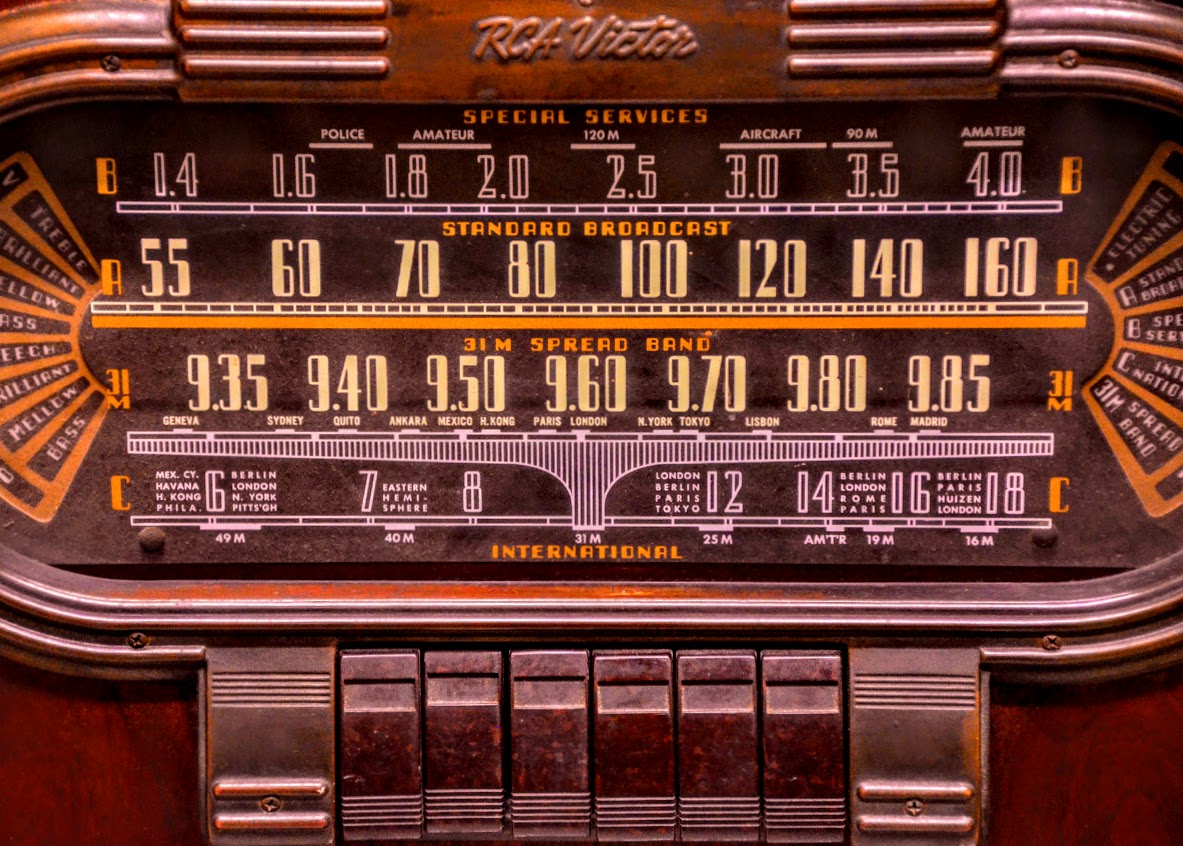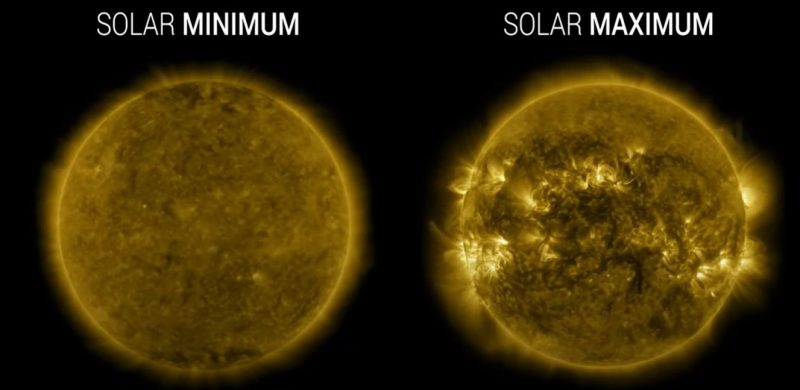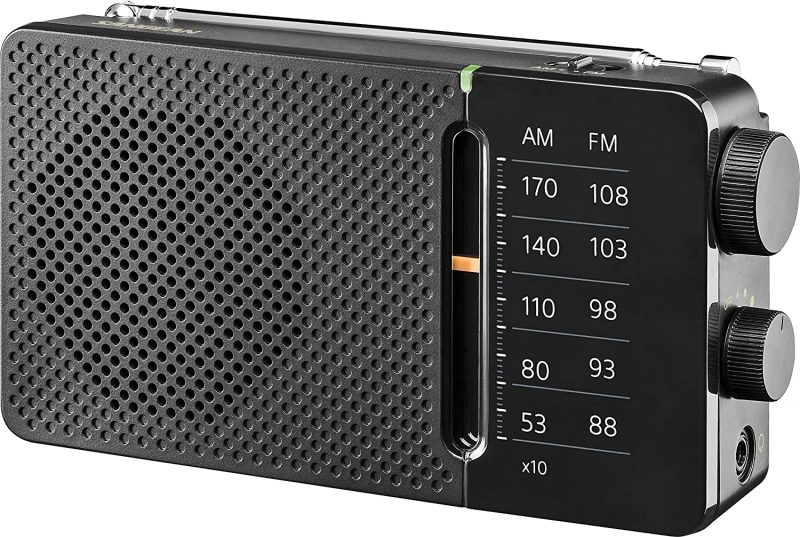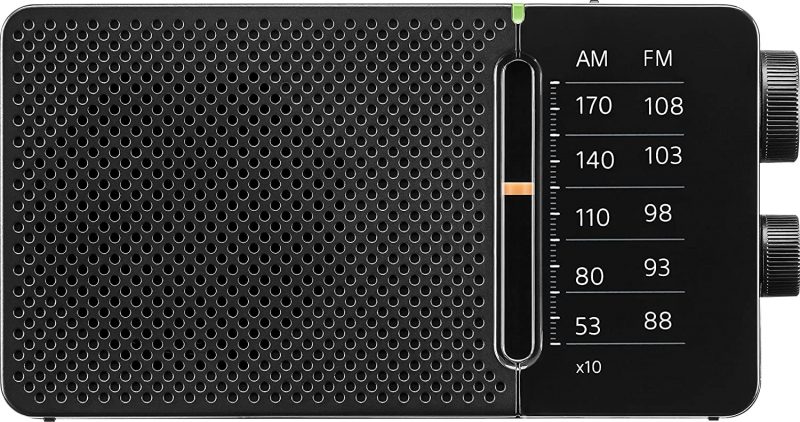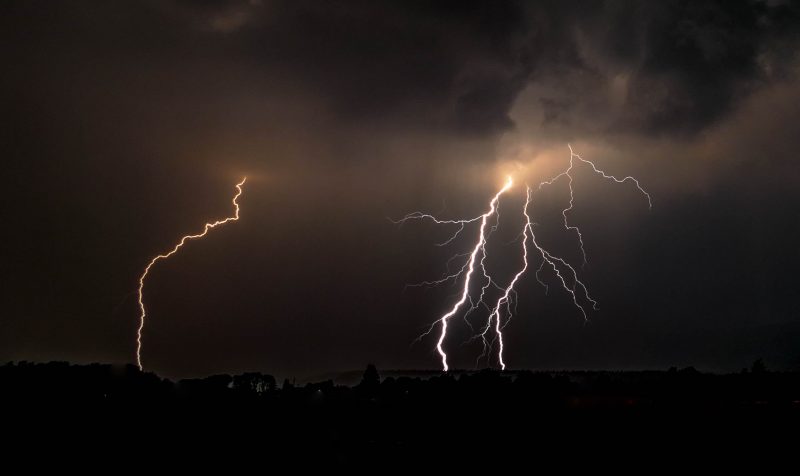 Many thanks to SWling Post contributor, Emilio Ruiz, who shares the following guest post:
Many thanks to SWling Post contributor, Emilio Ruiz, who shares the following guest post:
Apprehending an RFI-generating monster!
At the beginning of the year, I was sad because, at home, an awful RFI noise appeared. The next few months the noise increase until S9!!. Day and night my receivers and my feelings were so dampened with this terrific RFI–only the lower Broadcast Band (900 to 540 Khz) was relatively immune to it.
Yesterday, we had a storm and the mains electricity service went off, so I connect a 12 volt battery to my RT-749b military surplus transceiver and the received signals were very clean like the “good old days”.
(Above: Listen W1AW loong distant from my QTH in Chiapas Mexico).
When the power electricity come back on, so did the RFI too!!
(Above: W1AW gone)
Remembering the recently publish post in SWLing Post about RFI, I did some testing by
cutting the electricity to my home (the main switch) and the RFI was gone!! So I discovered the RFI lives in my house–not in the outside wires!!
I put batteries in my old shortwave portable radio and searched (like Ghostbusters) all outlets contacts, one by one, connect and disconnected each device.
And I found the guilty party!
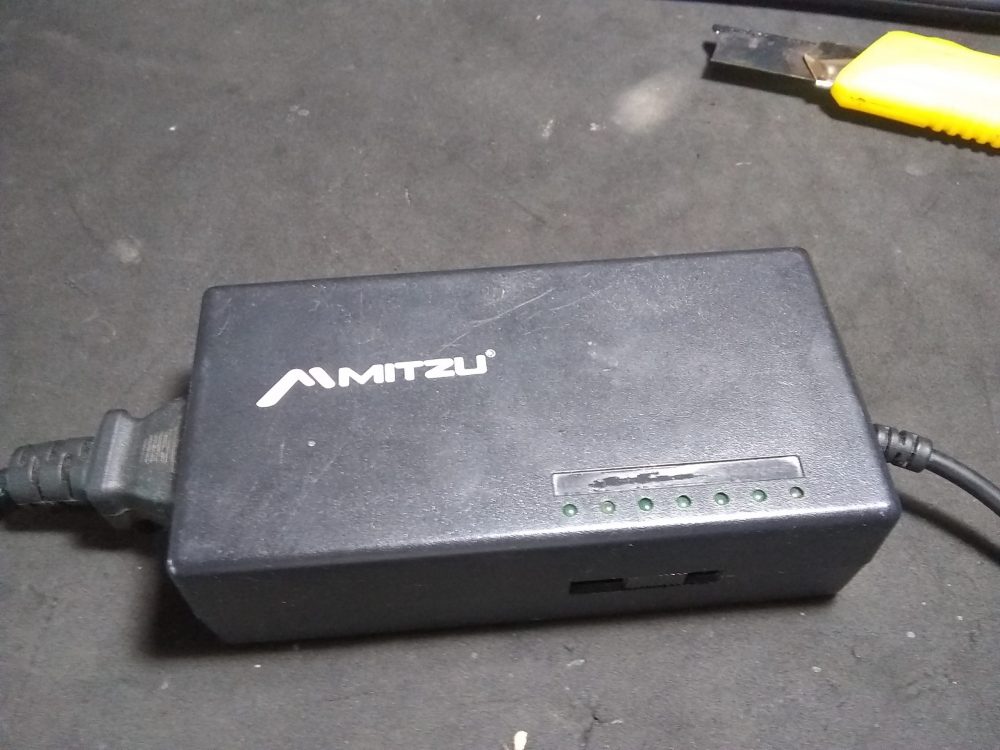
Exhibit A: The Mitzu laptop power supply
On December 2019, the power supply of my son’s laptop broke, so I bought a cheap substitute.
The RFI produced by this little monster could be heard at a distance of about 200 meters from my QTH!!! (Much like an old transmitter spark gap–!)
Even this cheap power supply apparently featured ferrite toroids on the wire but turns out it is fake!! It was only a plastic ball!
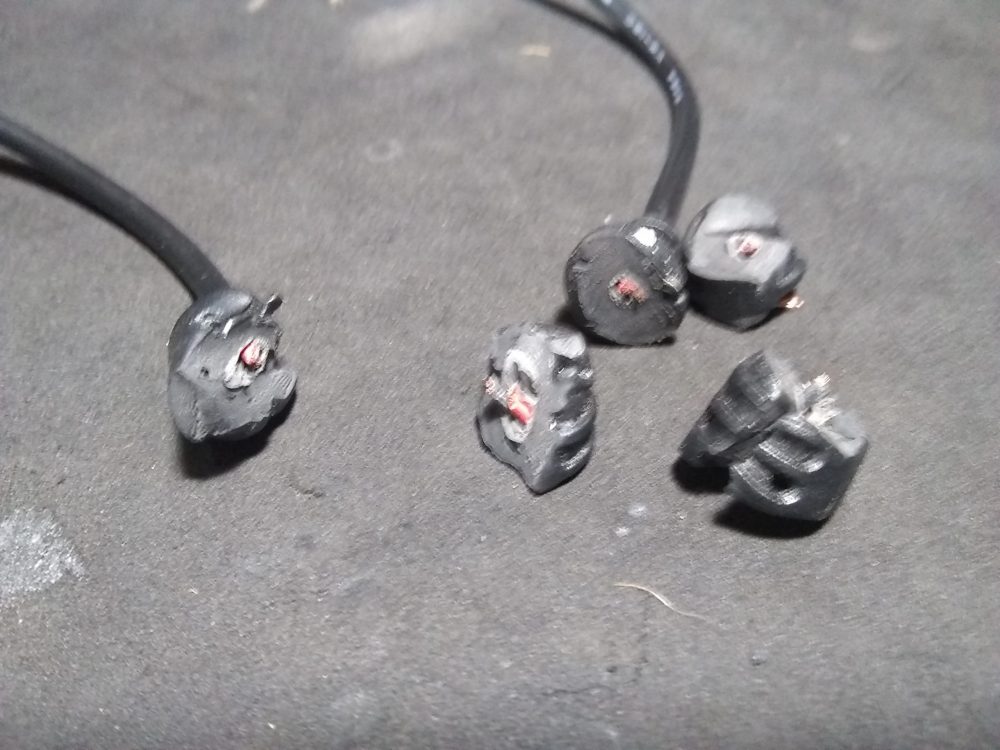
Exhibit B: Fake toroids!
The wires were also not shielded. No doubt one of the worst switched-mode power supplies I could have purchased.
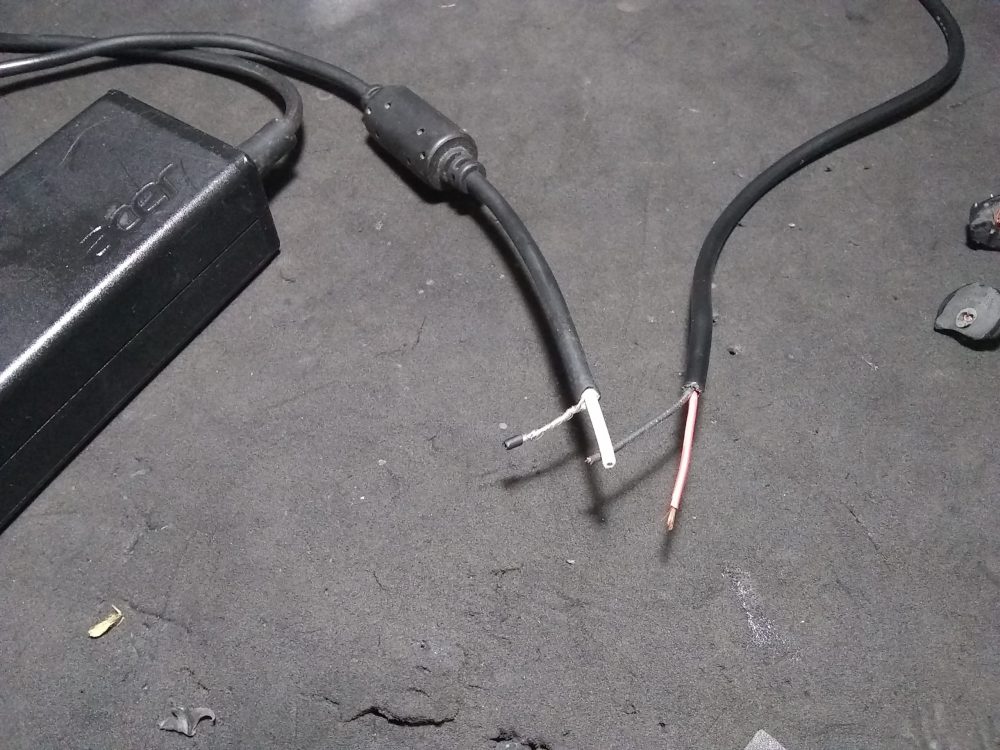
Exhibit C: The Mitzu RFI generator wire without shield, only pair wires!
I found a old Acer power supply with same specs and I replaced out the RFI monster one.
And now? The shortwave bands are clean again.
(Video: Testing my Kenwood R-600 rx with Radio Exterior de España… plugging and unplug the Mitzu monster RFI generator).
So I wanted to share what happened to me, so perhaps it can be useful for other SWLing Post blog friends.
Watch these little switched mode power supplies from all devices in your home. Replace them if you detect RFI levels that harms SWLing. Consider disconnect all devices (vampire consumption–or phantom loads) if not in use; the radio waves and electric bill will be grateful to you!
WOW! What a difference! Emilio, that was great investigative work on your part. It’s as if that switching power supply was specifically designed to create RFI! No shield and fake toroids? That’s just criminal in my world!
Thank you so much for sharing your story. Hopefully, this might encourage others to investigate and apprehend their own local RFI monsters!
(And by the way, Emilio, I love that RT-749b military transceiver!)
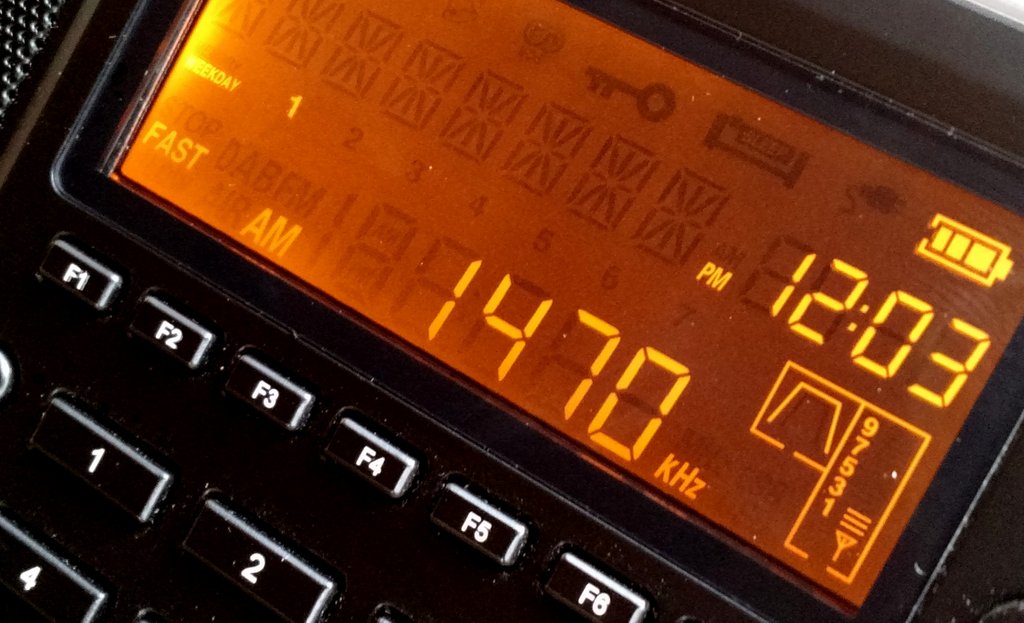 Many thanks to SWLing Post contributor, Balazs Kovacs, who shares the following headlines from Hungary:
Many thanks to SWLing Post contributor, Balazs Kovacs, who shares the following headlines from Hungary:
